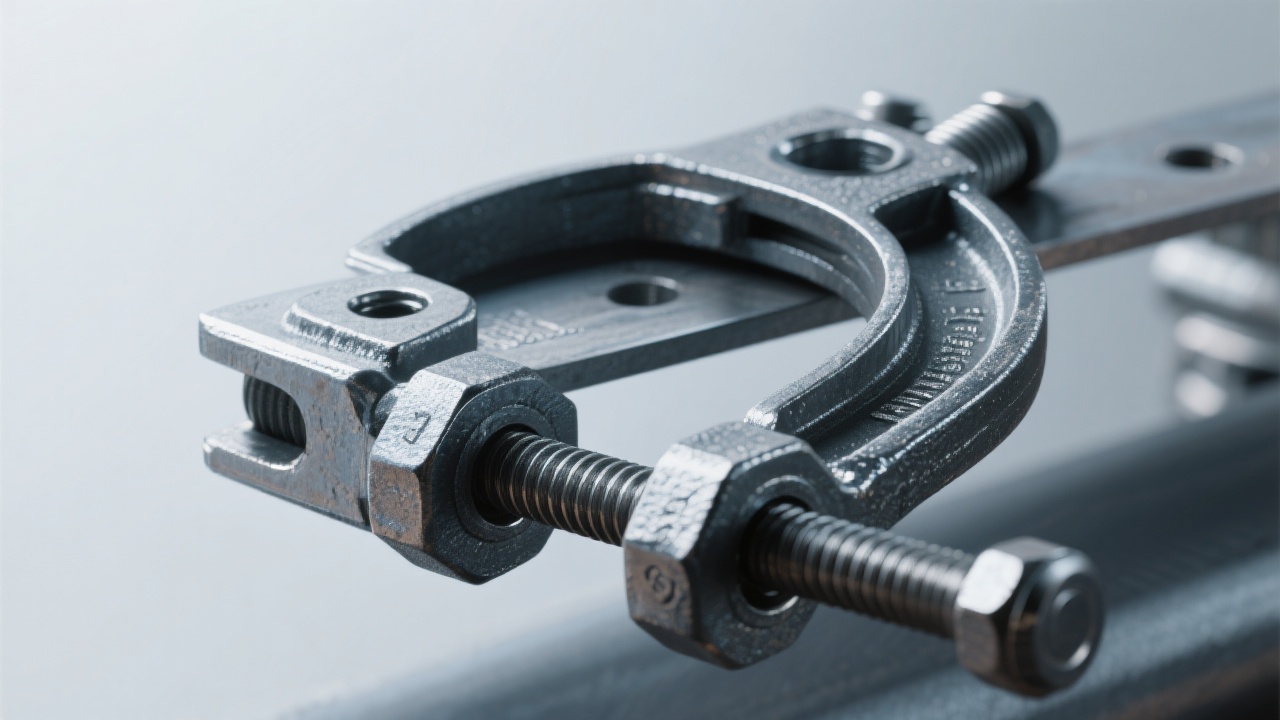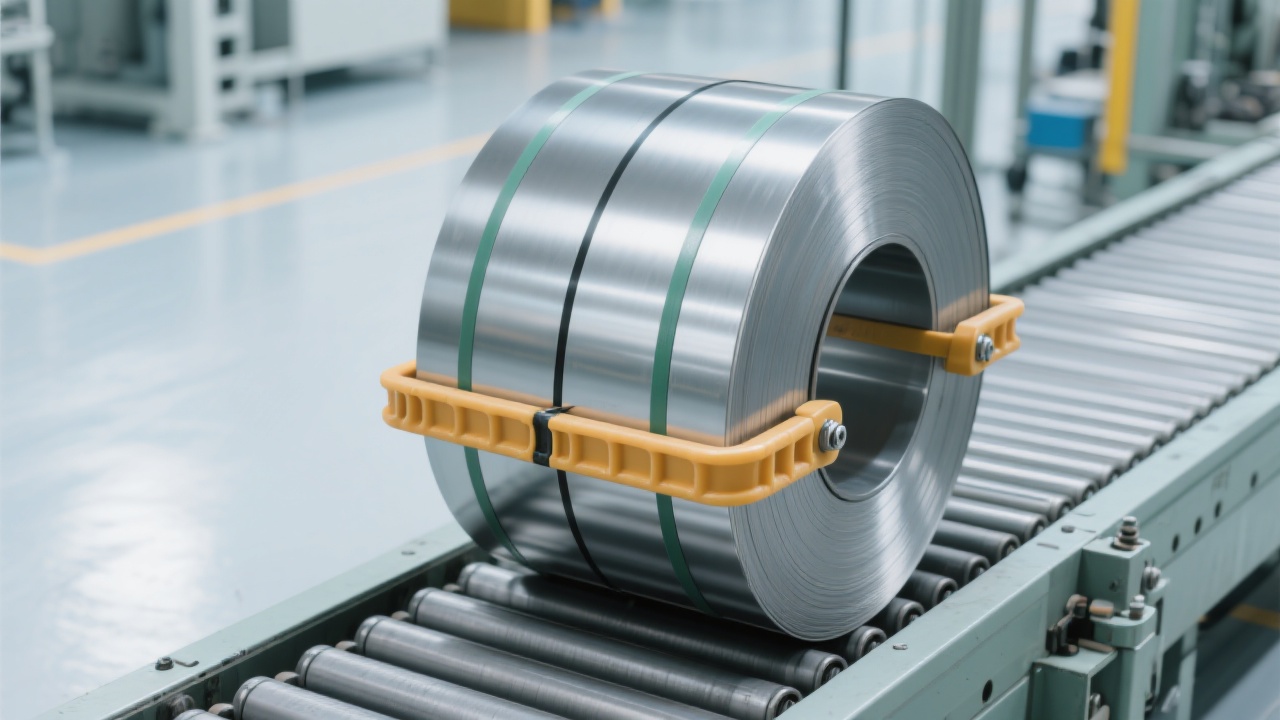
In heavy industries like steel metallurgy and heavy-duty handling, industrial-grade clamps are critical components ensuring secure gripping and transport of massive loads. With increasing demands for durability and safety, manufacturers must adopt robust structural reliability verification methods to optimize clamp design and minimize operational failures. This article explores state-of-the-art finite element analysis (FEA) techniques, integrated product data management (PDM), and empirical field data to offer a systematic approach for enhancing the reliability of industrial clamps.
MSC NASTRAN, a leading finite element solver, provides precise load and stress simulations crucial for evaluating clamp structural performance under extreme conditions. By discretizing clamp geometry into mesh elements, NASTRAN computes stress distribution and deformation responses when subjected to high tensile, compressive, and shear forces typical in industrial operations.
For instance, simulation reports identified peak stress zones around clamp jaw pivots reaching up to 460 MPa during maximum load scenarios, slightly below the material yield strength of 480 MPa, indicating a reliable safety margin. Such FEA insights enable designers to reinforce critical sections and redistribute stresses effectively, thereby preventing premature failures.

The role of integrated Product Data Management (PDM) systems extends beyond design, serving as the backbone for closed-loop quality control throughout the clamp’s lifecycle. By capturing and synchronizing design parameters, version history, material certifications, and manufacturing process data, PDM ensures traceability and consistency.
Quality inspections at critical manufacturing stages—component forging, machining, assembly, and final testing—are digitized and linked within the PDM framework. This data-driven approach facilitated a 27% reduction in clamp failure rates over three years across a fleet of 1100+ units deployed in thermal power plants and hot rolling mills.
| Parameter | Before Optimization | After Optimization |
|---|---|---|
| Annual Clamp Failure Rate | 4.3% | 3.1% |
| Average Service Life (Years) | 6.8 | 8.5 |
| Quality Control Interventions Logged | N/A | 100% traceability assured |

Data from over 1100 industrial clamp sets reveals insightful correlations between design optimization and operational performance. Maintenance logs indicate a 22% decrease in unplanned downtime attributed to clamp structural faults since integrating enhanced simulation and data management workflows.
Customer testimonials from leading hot rolling mills report improved handling reliability during continuous production shifts, boosting plant uptime and safety compliance. These empirical outcomes verify the efficacy of structural reliability validation and the value-add of digital integration.

Embracing these practices nurtures a culture of high-quality manufacturing coupled with digital traceability—cornerstones for elevating industrial clamp reliability and driving sustained manufacturing upgrades.
Discover Advanced Structural Reliability Solutions for Industrial Clamps

